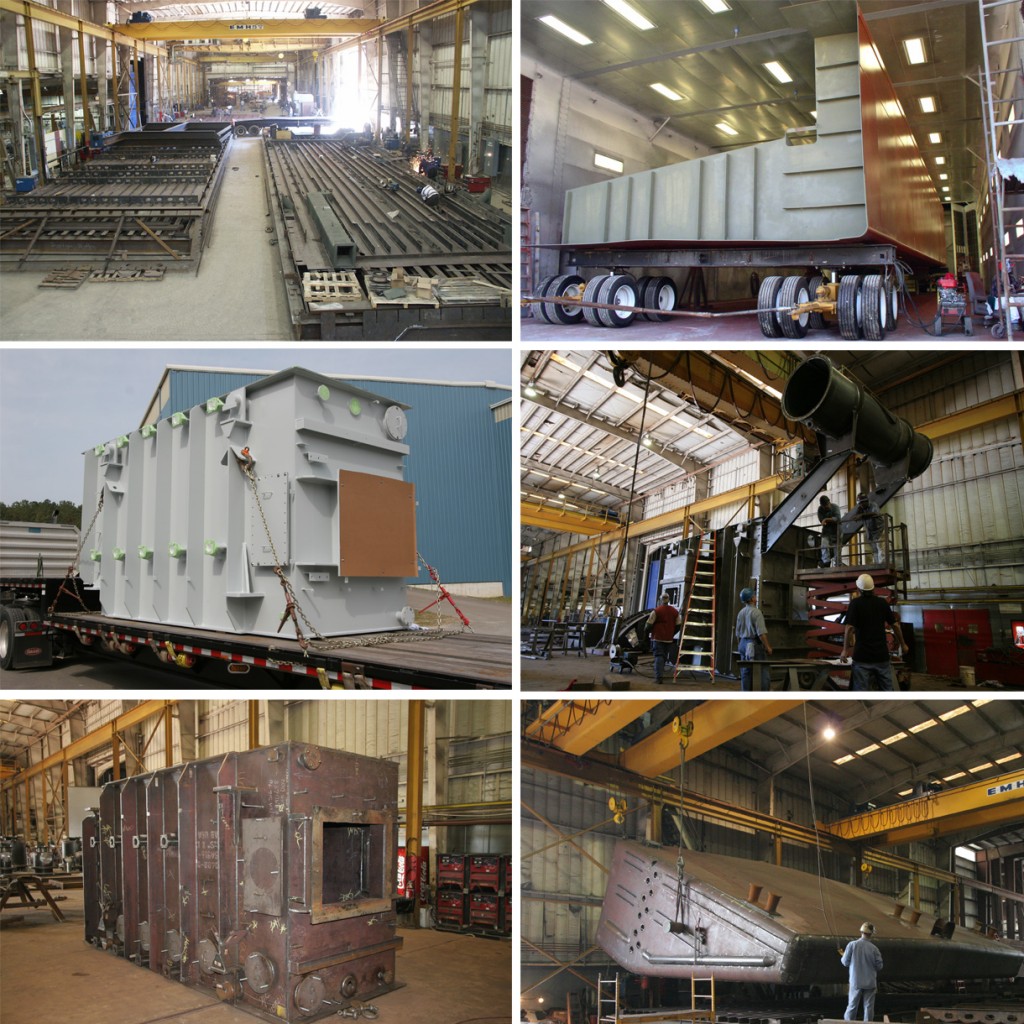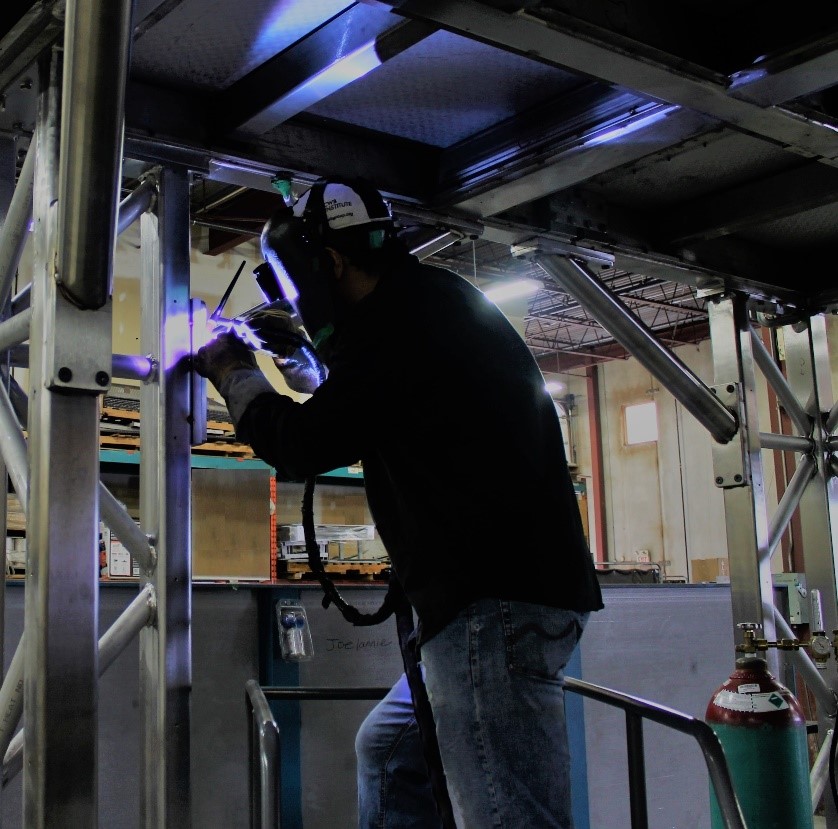Dependable Steel Fixing Providers: Ensuring Structural Stability
Dependable Steel Fixing Providers: Ensuring Structural Stability
Blog Article
Innovative Trends in Steel Manufacture: Enhancing Sturdiness and Accuracy
In the world of steel manufacture, the quest of longevity and accuracy has actually led to a wave of ingenious trends that are improving the sector. These patterns are not simply shaping the existing yet likewise laying the foundation for the future of steel manufacture, guaranteeing additional improvements in durability and precision.
Advanced Welding Technologies
In the realm of steel construction, the fostering of advanced welding technologies has substantially reinvented the market's approach to achieving remarkable top quality and precision in architectural welds. Advanced welding modern technologies, such as laser light beam welding and friction mix welding, have arised as game-changers in the area. Laser beam welding utilizes a concentrated laser beam to join metal components with remarkable accuracy and speed, making it optimal for thin products and intricate designs. On the other hand, friction stir welding develops unbelievably strong bonds by mechanically intermixing the particles of the products at the joint, getting rid of the demand for thawing the steel. These modern technologies supply many benefits, including decreased heat-affected zones, very little distortion, and enhanced mechanical properties in the bonded joints. By leveraging these innovative welding strategies, steel makers can boost the toughness, stamina, and precision of their structural welds, meeting the progressively demanding demands of modern construction projects.
Robot Automation in Construction
Accepting robotic automation has become a cornerstone of contemporary steel construction practices, boosting and simplifying procedures effectiveness across the market. Robots are reinventing the means steel elements are made, offering exceptional accuracy and rate while reducing human mistake. These automated systems can deal with recurring jobs with constant precision, resulting in higher top quality output.
One key advantage of robotic automation in steel fabrication is the capability to function all the time without tiredness, dramatically enhancing manufacturing outcome. This continuous operation decreases downtime and increases project timelines, inevitably conserving costs for manufacturers. In addition, robots can be set to execute elaborate tasks that may be unsafe or tough for human employees, improving security in the work environment.
Moreover, robot automation allows seamless combination with various other electronic innovations, such as computer-aided design (CAD) software application and Internet of Things (IoT) systems (metal fabrication melbourne). This interconnected method boosts communication in between various stages of fabrication, enhancing process and ensuring real-time monitoring and control. As the steel fabrication market remains to develop, robotic automation attracts attention as a transformative force driving effectiveness and precision in producing processes

High-Strength Alloy Growth
The improvement of high-strength alloy development in steel construction is improving the sector's technique to enhancing product resilience and performance. High-strength alloys are engineered to display superior mechanical buildings, such as boosted tensile toughness, durability, and corrosion resistance contrasted to standard steel grades. By including these innovative alloys into manufacture procedures, makers can create components that withstand greater anxiety levels and extreme atmospheres, resulting in even more trusted and long lasting end items.
One secret advantage of high-strength alloy growth is the capability to minimize material density without endangering structural stability. This not just leads to lighter-weight components but additionally contributes to set you back financial savings and enhanced performance in manufacture and assembly processes. Furthermore, the enhanced strength-to-weight ratio of these alloys enables for the layout and building of frameworks with higher load-bearing capacities while decreasing overall weight.
3D Modeling and Simulation Software Application
Advancements in steel manufacture procedures have been dramatically driven by the combination of advanced 3D modeling and simulation software tools. These tools permit producers to produce in-depth digital designs of their projects, enabling them to envision the final product with precision prior to any kind of physical work starts.

Lasting Practices in Steel Production
Incorporating lasting practices into steel production processes is crucial for minimizing ecological impact and making sure lasting source availability. One essential lasting technique is the fostering of energy-efficient innovations to lower greenhouse gas emissions during the steel production procedure. This includes making use of sustainable energy sources, such as solar or wind power, to power steel plants and executing energy-efficient tools to enhance power use.
One more crucial aspect of lasting steel manufacturing is steel fixing the responsible sourcing of raw products. This involves making certain that the iron ore and other sources made use of in steelmaking are obtained from ethical and eco-friendly sources. By advertising openness in the supply chain and adhering to stringent environmental criteria, steel manufacturers can reduce the adverse influences of resource extraction on neighborhood ecological communities and neighborhoods.

Conclusion
To conclude, the innovative fads in steel construction such as sophisticated welding modern technologies, robot automation, high-strength alloy growth, 3D modeling and simulation software application, and lasting techniques are boosting the sturdiness and precision of steel products. These improvements are reinventing the steel fabrication industry by enhancing sustainability, effectiveness, and top quality. It is clear that the future of steel manufacture hinges on embracing these sophisticated technologies to meet the demands of modern-day building and production markets.
In the world of steel manufacture, the quest of longevity and accuracy has actually led to a wave of cutting-edge patterns that are improving the sector.In the realm of steel manufacture, the adoption of advanced welding modern technologies has actually considerably revolutionized the market's approach to accomplishing premium quality and precision in structural welds. As the steel fabrication market proceeds to progress, robot automation stands out as a transformative force driving effectiveness and accuracy in manufacturing processes.
Furthermore, reusing and recycling steel scrap and waste materials play a substantial duty in improving the sustainability of steel production. steel fabricators melbourne.In verdict, the innovative fads in steel manufacture such as advanced welding modern technologies, robotic automation, high-strength alloy development, 3D modeling and simulation software, and lasting methods are improving the resilience and precision of steel items
Report this page